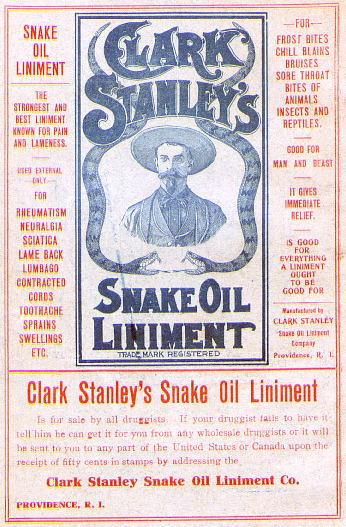James,
Because this is a corporate roll-out of a new product/feature, we can only expect GoDaddy will be EXTREMELY selective about which questions, comments and concerns they allow you to address. Fair enough. Hopefully they won’t be secretive or misleading; and will opt to be completely transparent.
With this stated, we’re curious as to why domain holders are being introduced to the idea of their domains accommodating 3rd level domains this way? Apparently GoDaddy has a way to create 3rd level domains that’s not being extended to the domain holder (or “owner”); and thus “withheld”.
It’s a bit concerning that GoDaddy can apparently say “Hey, we’re going to permit you to have a pay.yourdomain.ext; but not allow you to create 3rd levels at-will on the domain you own”. With many blockchain domains coming equipped with a 3rd level feature, it feels a bit like GoDaddy is attempting to “bird feed” domain holders with just a bit more option and utility. (Options and utility it seems could’ve been provided all along.)
So, we guess the key questions come down to:
1. How does GoDaddy have the ability to create 3rd level domains on an asset “owned” by the customer? (Especially when the customer has no existing ability to create 3rd level names at-will.)
2. What will GoDaddy’s general stance be on the issues that could arise should a UDRP be filed in relation to a domain that’s actively receiving payments? (It seems GoDaddy has a way to regulate payment traffic if required to do so.)
3. Will GoDaddy institute a payment processing and payout threshold for domain holders that use their domains as “payable domains”?
4. Will payable domains via GoDaddy be able to function as a portal for fiat AND crypto-payments? (After all, we are in an era where blockchain domains are being used to accept crypto-payments. Also, Ethereum Name Service (ENS) apparently has a function that allows .com names to be used as wallet addresses.)
Inquiring minds would like to know where things are headed respectfully. Hopefully you’ll be kind enough to enlighten us.







